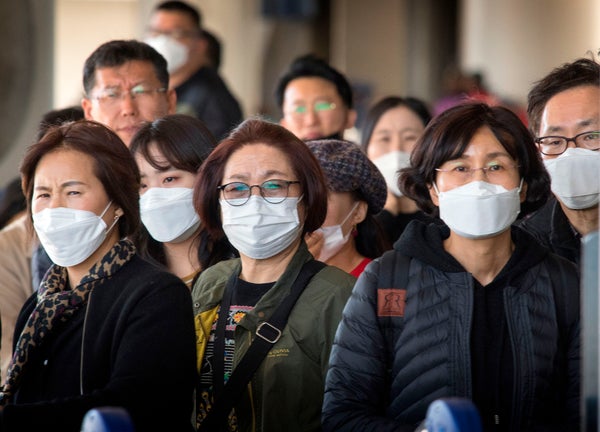As the novel coronavirus continues to spread widely in China and around the world, scientists are racing to understand how infectious the disease is and to project how many more people could be sickened in the coming weeks or months.
For disease outbreaks, epidemiologists have a term for describing the average number of people an infected individual will spread an illness to in a susceptible population: it is known as the basic reproduction number, or R0 (pronounced “R-naught”). If the R0 is less than one, the outbreak will fizzle out. If it is greater than one, the outbreak will continue. Early estimates place the R0 for the 2019 novel coronavirus (SARS-CoV-2) in the range of two to three. For comparison, the R0 of SARS (a related coronavirus) was two to four when it caused a deadly outbreak in 2003, and the R0 of measles is 12 to 18.
On supporting science journalism
If you're enjoying this article, consider supporting our award-winning journalism by subscribing. By purchasing a subscription you are helping to ensure the future of impactful stories about the discoveries and ideas shaping our world today.
But a reproduction number is not fixed. For example, it can change as people become immune to a pathogen or change their behavior to avoid sick people. The effective reproduction number for the new coronavirus is likely lower than the estimated R0—but it is still too early to predict how the current outbreak will play out.
Editor’s Note (2/11/20): The video in this story has been revised after posting. It originally incorrectly referred to SARS as “sudden acute respiratory syndrome.” The full name is “severe acute respiratory syndrome.”
